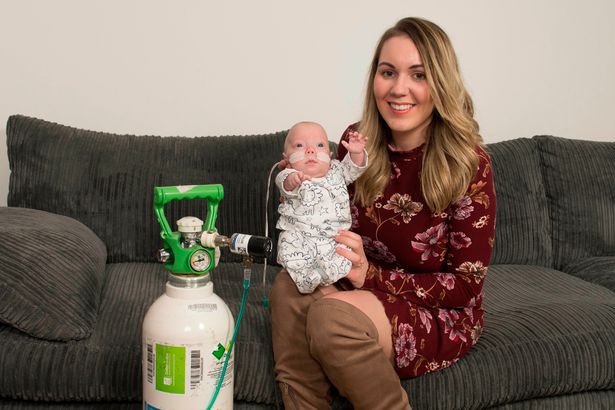
There was something wrong…
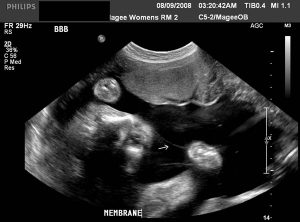
Danielle explained, “The sonographer assured us it could just be a genetic size difference. She said something about a laser procedure if the difference continued but I gave it little thought. I imagined something quick and easy.”
The red flag

But by 16 weeks, things were getting serious. Doctors had hinted at twin-to-twin transfusion syndrome earlier on, but when Teddy’s bladder became “absent” on scans, it was a sure sign of TTTS. Danielle said, “A disappearing bladder in the donor twin is a red flag. At 20 weeks we had the worst possible news.”
Twin-Twin Tranfusion Syndrome
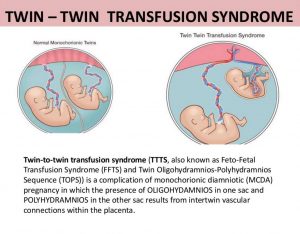
Twin to twin transfusion syndrome is when identical twins who share a placenta get an unequal distribution of nutrients from it. Only one of the twins receives the blood and nutrients in abundance. This can result in heart failure. The ‘donor’ twin receives insufficient blood and nutrients which slows down their growth. Their bladder begins to disappear and their chances of survival diminish.
It endangered the lives of the twins
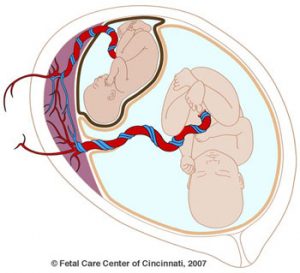
TTTS is equally dangerous for both the twins. It’s recorded in 15 percent of identical pregnancies and can occur to varying degrees throughout the pregnancy – the earlier the worse. The condition cannot be prevented. It is not hereditary or caused by parent behaviour.
Laser Ablation
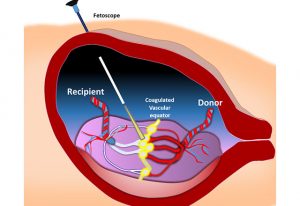
A consultant told Danielle and Joe they had to make a difficult decision. “He told us if we did nothing we’d probably lose both twins but if we had a laser ablation procedure we’d possibly lose the smaller twin and might lose both twins. We were speechless. What a horrible choice. I broke down in tears. There seemed no hope”, Danielle said.
They sought more opinions
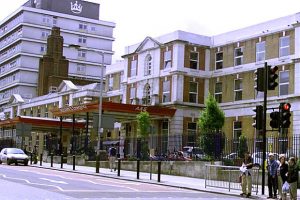
Danielle’s mum Joanne, 46, recommended them to get a second opinion before taking such a drastic step. They got in touch with the country’s leading specialist in complicated multiple births, Professor Kypros Nicolaides at King’s College Hospital, London. With her twins’ lives hanging in balance, he agreed to meet Danielle the next day itself.
